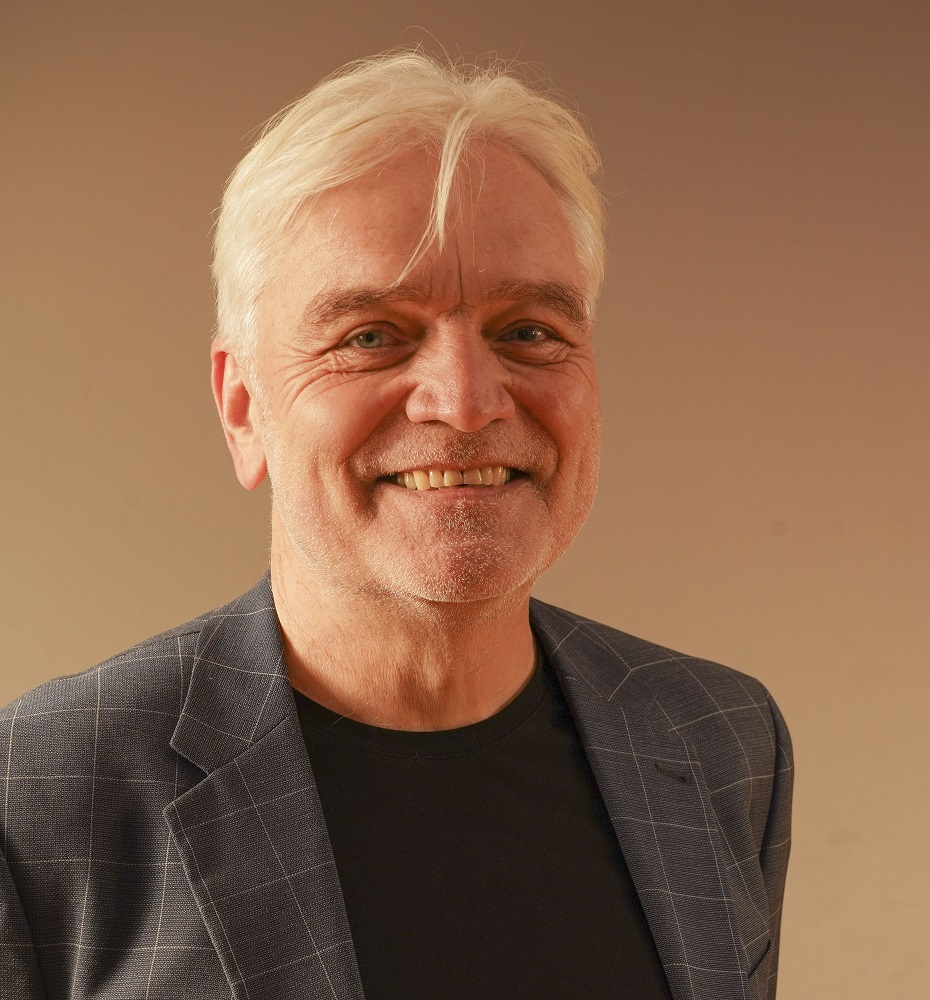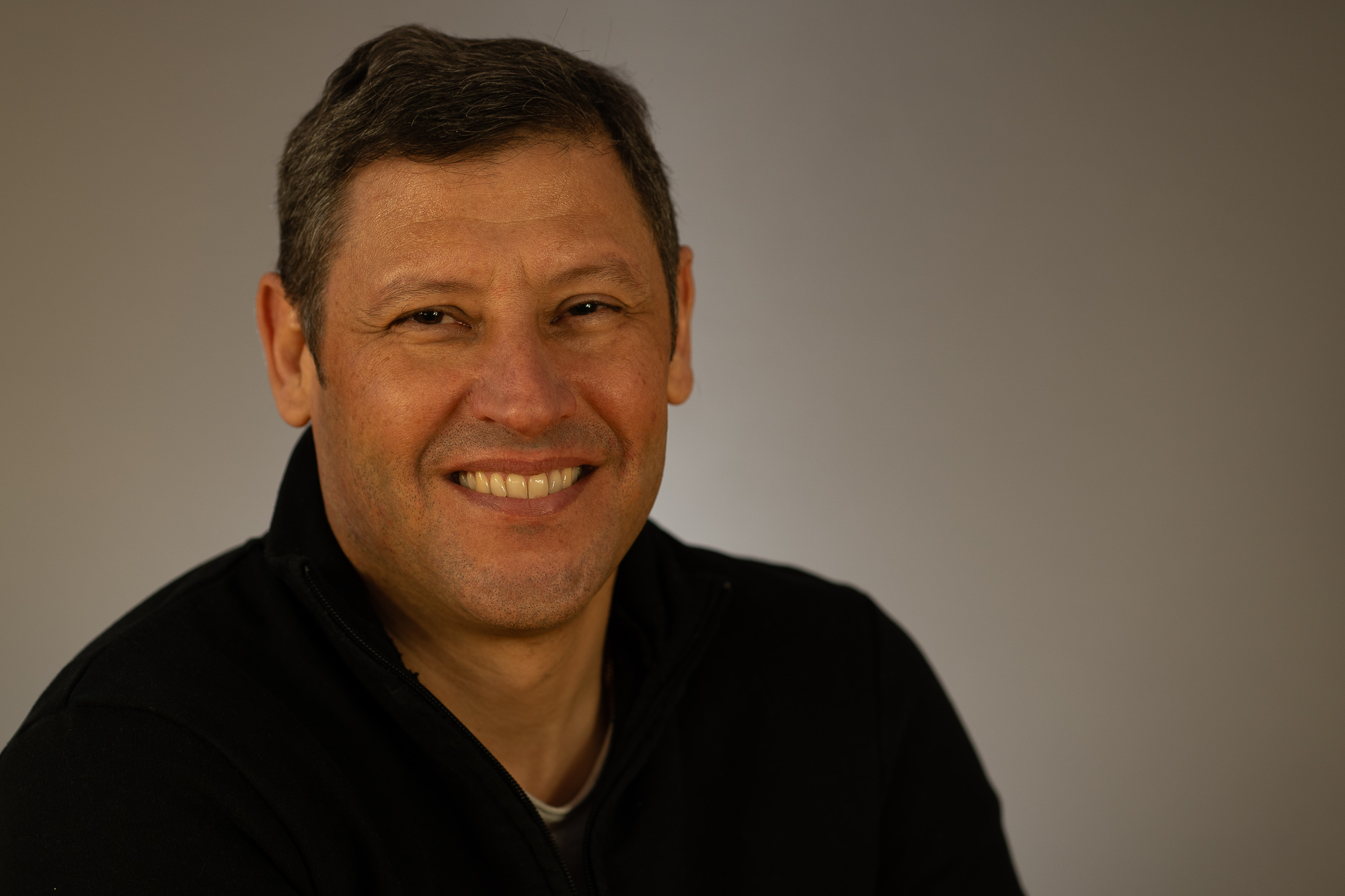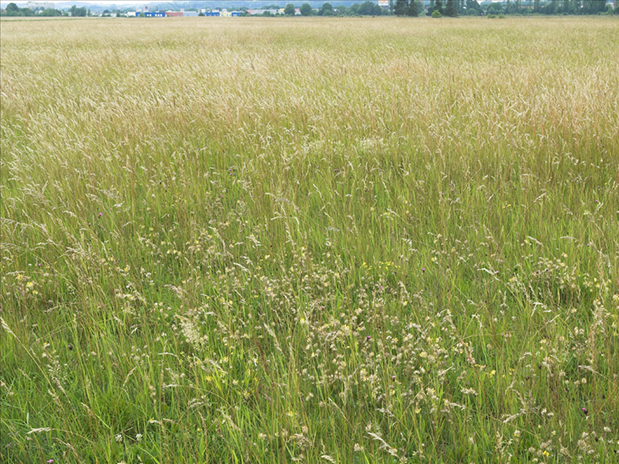As part of the dissertation “Grassland restoration success – Comparison of initial and long-term evaluation” by Dr. Schaumberger Silke was, based on research activities of the Central Europe project SALVERE (Semi-natural Grassland as a Source of Biodiversity Improvement, duration 2009-2011), a comparison between the harvesting methods green cuttings and threshing and the new creation of biodiversity areas based on this even after the official end of the project over 10 years.
Question
We examined the transfer of seeds from species-rich grassland using green cuttings and threshing material in order to answer the following questions: Do these two methods differ in terms of recultivation success and how do the two methods behave in terms of their long-term effect in relation to species composition and that? Occurrence of species?
methodology
We harvested seed material from a species-rich oat meadow at Wels Airport using green cuttings and threshing and spread it to recipient areas at the HBLFA Raumberg-Gumpenstein. The transmissible species were determined through vegetation surveys on the donor area, supplemented by seed sample analyses. We analyzed transmission rates and vegetation cover with respect to species present on the donor site. Furthermore, the occurrence of previously defined oat meadow target species was examined over the observation period of 10 years. The species composition and the presence of species were recorded using vegetation surveys.
Results
The greening success of the two methods was similar within the observation period. Although the number of donor area species decreased, the establishment of target species was satisfactory and species-rich grassland could be successfully transferred in the long term, despite different site conditions between donor and recipient areas and strong dynamics in species composition over time.
Conclusions
Both harvesting methods are well suited for the transfer of species-rich grassland to recipient areas, and the choice of method ultimately depends on costs and the given circumstances. Even if donor and recipient areas differ in their location conditions, species-rich grassland can be successfully established. The prerequisite for this is that: (a) a high proportion of the transferred species can settle and maintain and (b) the respective greening goals (e.g. increasing biodiversity) do not conflict with vegetation development in accordance with the specific site conditions.

The results were published at (chargeable):
Schaumberger, S.; Blaschka, A.; Krautzer, B.; Graiss, W.; Klingler, A. and Pötsch , EM (2021): Successful transfer of species-rich grassland by means of green hay or threshing material – does the method matter in the long term? Applied Vegetation Science 24 (3), 24:e12606.
team

Dr. Silke Schaumberger
Acquisition
Dr. rer.nat. Albin Blaschka
Acquisition
Dr. Bernhard Krautzer
Institute management for crop production and cultural landscape
Dr. Wilhelm Graiss
Head of department
DI Andreas Klingler
Grassland management and cultural landscape
Univ.Doz. Dr. Erich M. Pötsch
former research assistantSimilar projects
2747: Salvere
Near-natural grassland as a resource to improve biodiversity
2009 - 2011, Krautzer Bernhard
2922: Alpine pasture
Creation and sustainable management of alpine pastures after forest-pasture separation
1998 - 2003, Krautzer Bernhard






